From the BBeyond: Collector Talk series.
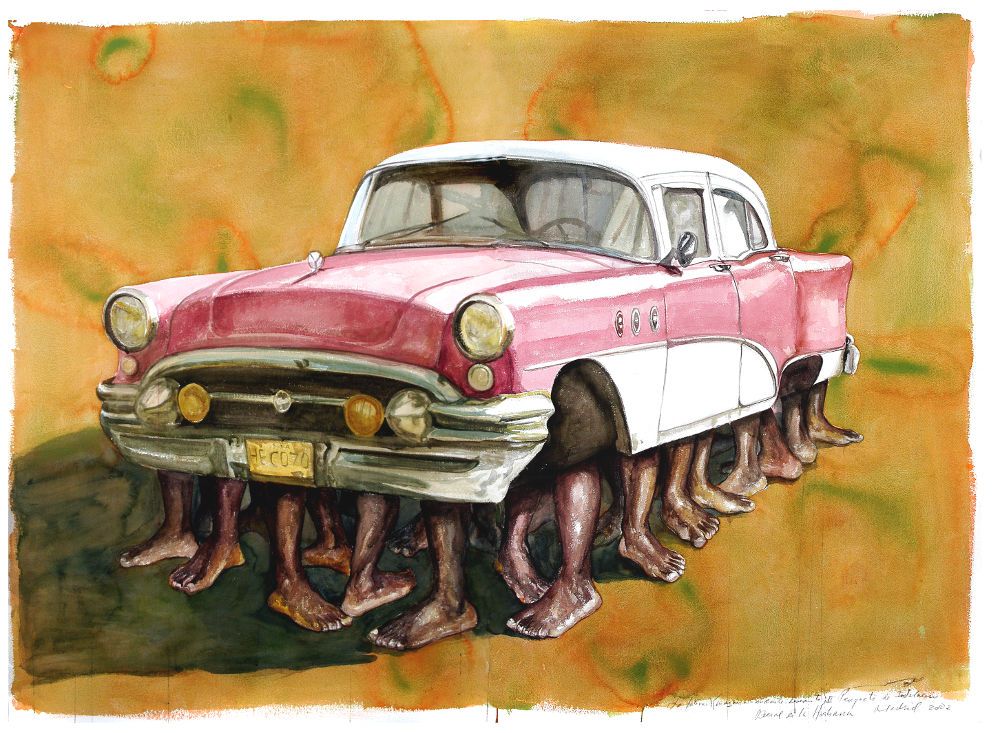
Howard Farber, one of the most astute art collectors in the world, volunteers his age at the outset of our conversation: 75.
We all live and work longer than ever before, but few retain the youthful enthusiasm and energy that Farber communicates down the phone line, not to mention the ready, self-deprecating sense of humour.
He started collecting in 1972, quite by accident as fate would have it. He was walking down Madison Avenue when he chanced upon a sign: “Auction Today” and walked in on an impulse.
The auction was a Sotheby’s sale of American paintings. Farber bought three pieces that day, without knowing what they were, and paid a few thousand dollars for them which wouldn’t have been inconsiderable at the time. Still, at the end of the auction, he was rather pleasantly surprised to receive a number of congratulatory comments.
This set the trajectory of a life-long passion and study of art, as well as one of the greatest success stories in the art world. Farber didn’t possess the knowledge to further his research on his own (putting this into context, the 70s were pre-Google days), so he befriended art dealers who specialized in early 20th century American art, in particular the Stieglitz group, named of course after legendary photographer and gallerist Alfred Stieglitz whose gallery “291” championed American artists but also brought the first European modern artists into the US.
Farber started buying and trading up in earnest, accumulating at some point a great collection of what he calls eight gems. He had by then learned the cardinal rule of collecting: buy just a few of the best rather than a quantity to decorate your walls.
Together with his wife Patricia who, he says, not only shared but also fed his passion, he often had to make a choice between buying a sofa and a work of art, and the latter usually won.
At some point, the market for American art heated up and the couple could no longer afford the asking price – to put this into context, from a $5k price tag in the 70s, works jumped to $500k in the 90s. Farber had by then developed a very good eye and knew exactly what he wanted, but had to call it quits on early American artists.
Then, another serendipitous event occurred. He and his wife share the same birthday and around 1995, his wife booked a cruise as a joint treat. The couple went to Vietnam, Singapore and China.
Farber had read about Chinese contemporary art and visited some galleries. He felt there was a strong parallel between the Stieglitz group that was active in 1908 – 1935 and the social changes taking place in mid-90s China. These changes gave birth to some feverish artistic creativity, so once again Farber trained his focus on a period of time and a theme – instead of America of 1908, this time, it was late 1980s China.
As there were no books in existence on the subject, he found a curator who was writing one and knew everything there was to know about that market.
He digresses in the conversation to emphasise his point: you are part of history and of a particular moment of time, remembering this event or that – in his and his contemporaries’ case, the day Kennedy was shot, for example.
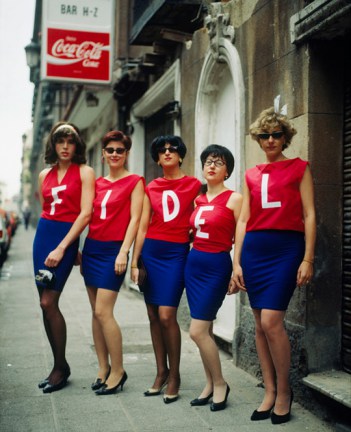
So, he started buying what he considered works documenting the new cultural revolution taking place in China and although he didn’t know it at the time, he says they were all gems, as with his very first collection. Five years on, and he had built one of the finest collections of Chinese contemporary art.
From the mid 2000 onwards, China grew massively in popularity. The works Farber had bought for a few thousands each were becoming, once again, unaffordable. He owned the earliest works by artists he considered relevant to his collection – works that captured history and current events, so much so that he thought of himself as a one man museum of sorts.
In 2001, another birthday took the Farber couple to Cuba. Mrs Farber likes dance and Cuban ballet in particular and they joined a tour organized by the Metropolitan Museum of Art. After the trip Farber received an email from the curator of the National Museum in Havana who was under the mistaken impression he was communicating with a gallerist. The curator’s objective was to bring Chinese art works to exhibit in Cuba.
At this point in time, Howard Farber had no interest in starting a new collection, but the contact led to deepening his nascent interest in Cuba and so, he started buying once again, cautiously. By the mid 2000s, he was so smitten with Cuban culture that he made the decision to sell his Chinese art collection and devote himself solely to collecting Cuban contemporary.

The sale, led by auctioneer Simon de Pury for Phillips of London, made history in the sense that it was, at the time, the most successful auction of Chinese contemporary art, achieving spectacular returns for Faber.
Most importantly, it provided him with the funds to indulge his new collecting passion, which was the 80s and more specifically, how the Caribbean island was affected by the fall of communism in Europe. Cuban artists had left the island in droves, moving on to Mexico and scattering generally around the world in search of a better economic climate. By that time, Cuba, no longer able to rely on subsidies from the USSR, was too impoverished to look after its creative corps.
Farber started collecting the early works of any artist that was successful and active in 80s and 90s, often buying forgotten gems lying under beds or in attics, paying a premium when the artist was reluctant to sell. A book, “New art of Cuba”, became his bible and his goal was to purchase as many of the works described in it as possible (he is, he says, at 50%).
Somewhere along the line, the Farbers pivoted into philanthropists who promote Cuban culture as a whole. They created the Cuban Art News website (currently in its 9th year of publication), a foundation, whose sole purpose was to make grants available, and ultimately, a Cuban Art Awards initiative with the blessing of the Cuban Ministry of Culture. They organized lecture series, ballet exchange visits, exhibitions and other events dedicated to spearheading Cuban culture.
Today, Howard and Patricia Farber’s main focus is Cuban Art News which is bilingual (English/Spanish) and is read in 177 countries.
The artists they have collected have become friends and collector friends join the Farbers on trips to the Caribbean island.
I ask Howard Farber if he sees himself as a market maker – he certainly has been hugely successful in a market that’s difficult to crack even for an insider, and used a pattern of collecting that has worked every time.
Nobody is right every time, he says. He adds that he has been lucky, with his particular self-deprecatory chuckle, and that so long as he is having a good time, he will continue doing what he is doing. Quite what that means for their Cuban collection only the Farbers know, but one gets the impression they are not anxious to sell – or not just yet anyway.

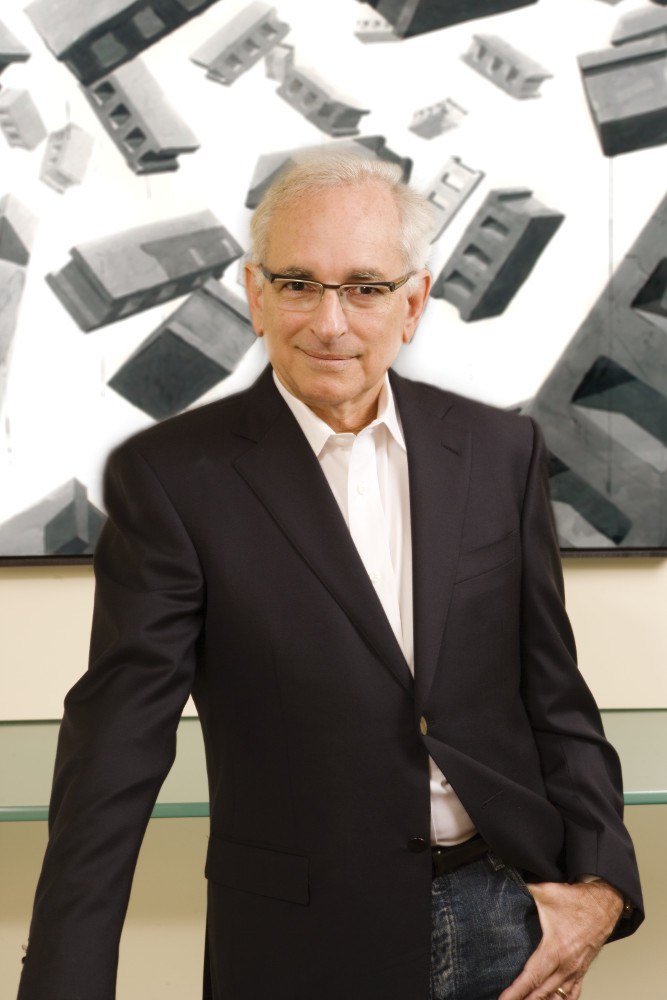
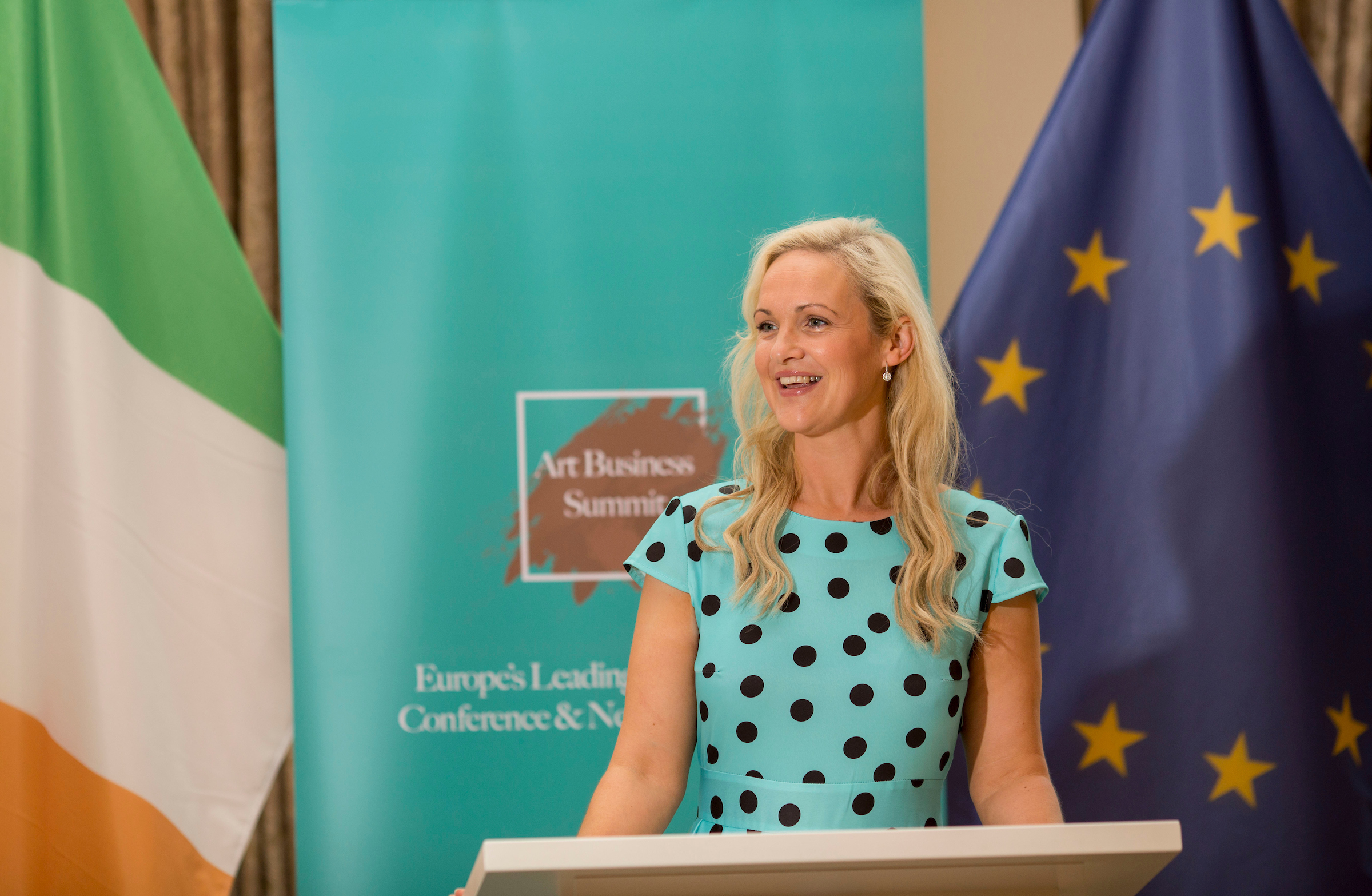
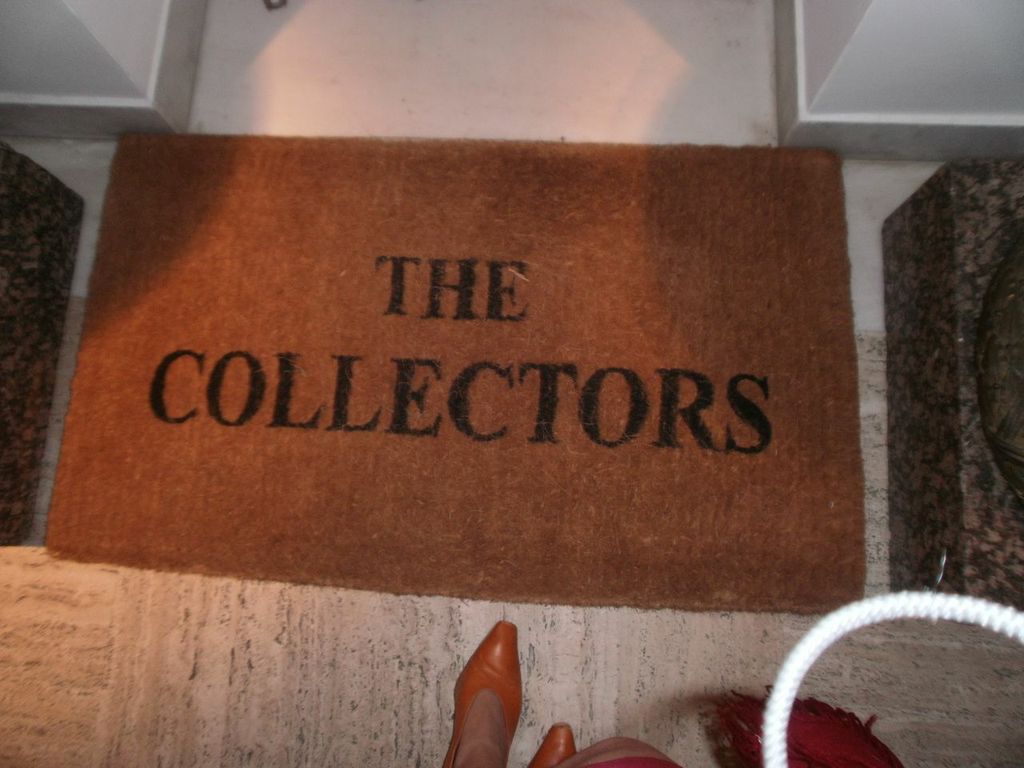
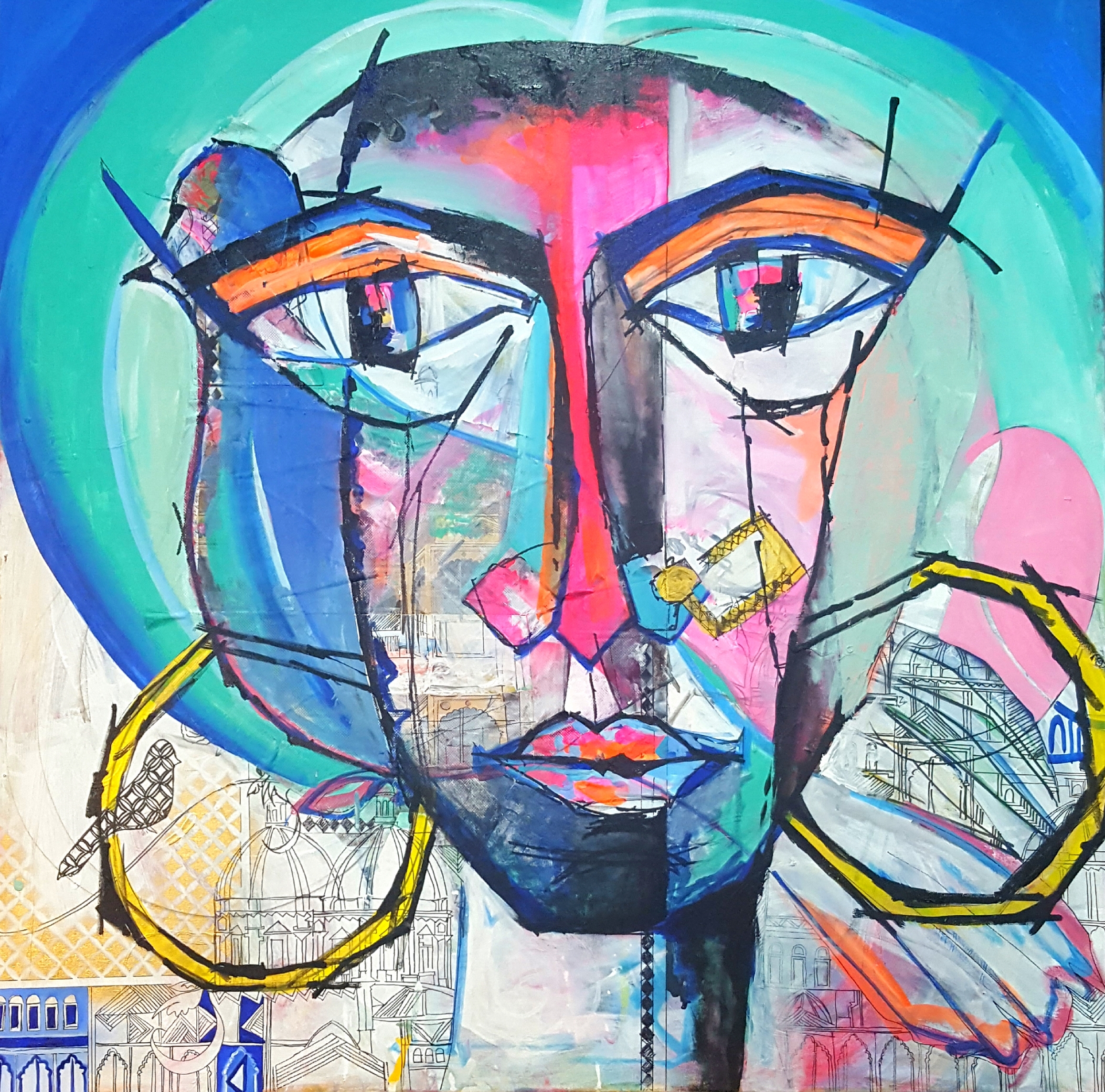

 Saving...
Saving...